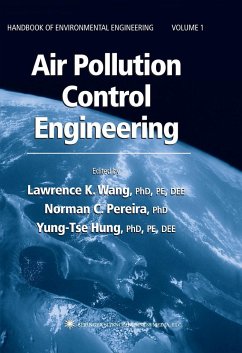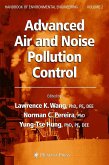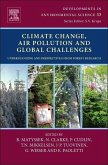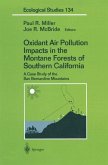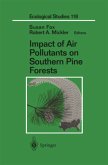A panel of respected air pollution control educators and practicing professionals critically survey the both principles and practices underlying control processes, and illustrate these with a host of detailed design examples for practicing engineers. The authors discuss the performance, potential, and limitations of the major control processes-including fabric filtration, cyclones, electrostatic precipitation, wet and dry scrubbing, and condensation-as a basis for intelligent planning of abatement systems,. Additional chapters critically examine flare processes, thermal oxidation, catalytic oxidation, gas-phase activated carbon adsorption, and gas-phase biofiltration. The contributors detail the Best Available Technologies (BAT) for air pollution control and provide cost data, examples, theoretical explanations, and engineering methods for the design, installation, and operation of air pollution process equipment. Methods of practical design calculation are illustrated by numerous numerical calculations. Many human activities-and industrial production in particular-produce enormous quantities of wastes and pollution that require the development of major abatement technologies, processes whose implementation and costs must be justified by the degree of abatement achieved. In Air Pollution Control Engineering: Handbook of Environmental Engineering, Volume 1, a panel of eminent air pollution control educators and practicing professionals critically survey both the principles and practices involved in air pollution control processes. The authors discuss the performance, potential, and limitations of the major control processes-including fabric filtration, cyclones, electrostatic precipitation, wet and dry scrubbing, and condensation-as a basis for intelligent planning and realization of abatement systems. Additional chapters critically examine flare processes, thermal oxidation, catalytic oxidation, gas-phase activated carbon adsorption, and gas-phase biofiltration. The contributors also detail the Best Available Technologies (BAT) for air pollution control and provide cost data, examples, theoretical explanations, and engineering methods for the design, installation, and operation of air pollution process equipment. The emphasis throughout is on developing the necessary engineering from fundamental principles of chemistry, physics, and mathematics. A companion volume, Advanced Air and Noise Pollution Control, Handbook of Environmental Engineering, Volume 2, covers the use of multiple techniques to deal with air, thermal, and noise pollution.
Cutting-edge and highly practical, Air Pollution Control Engineering: Handbook of Environmental Engineering, Volume 1 offers educators, students, and practicing engineers a strong grounding in the principles of this critical field, as well as effective methods for developing optimal abatement technologies at costs that are fully justified by the degree of abatement achieved.
Cutting-edge and highly practical, Air Pollution Control Engineering: Handbook of Environmental Engineering, Volume 1 offers educators, students, and practicing engineers a strong grounding in the principles of this critical field, as well as effective methods for developing optimal abatement technologies at costs that are fully justified by the degree of abatement achieved.

